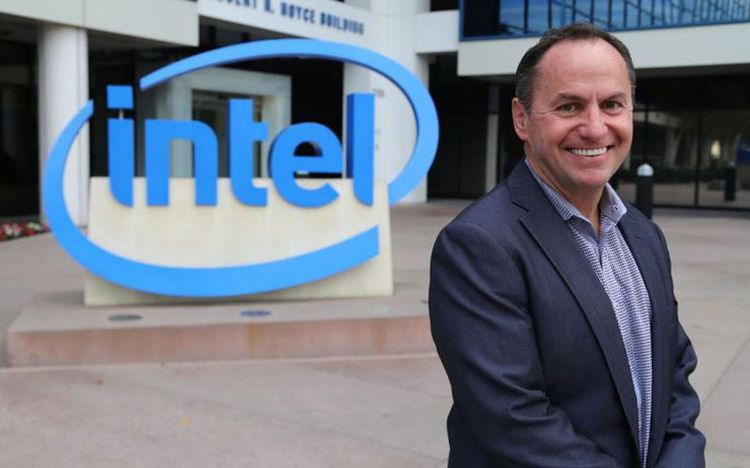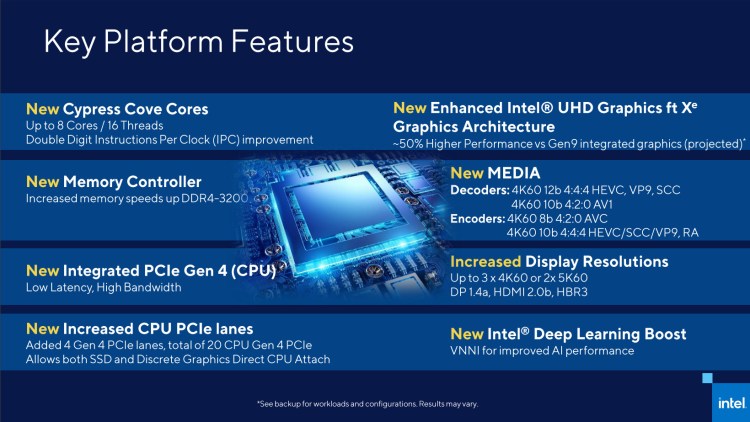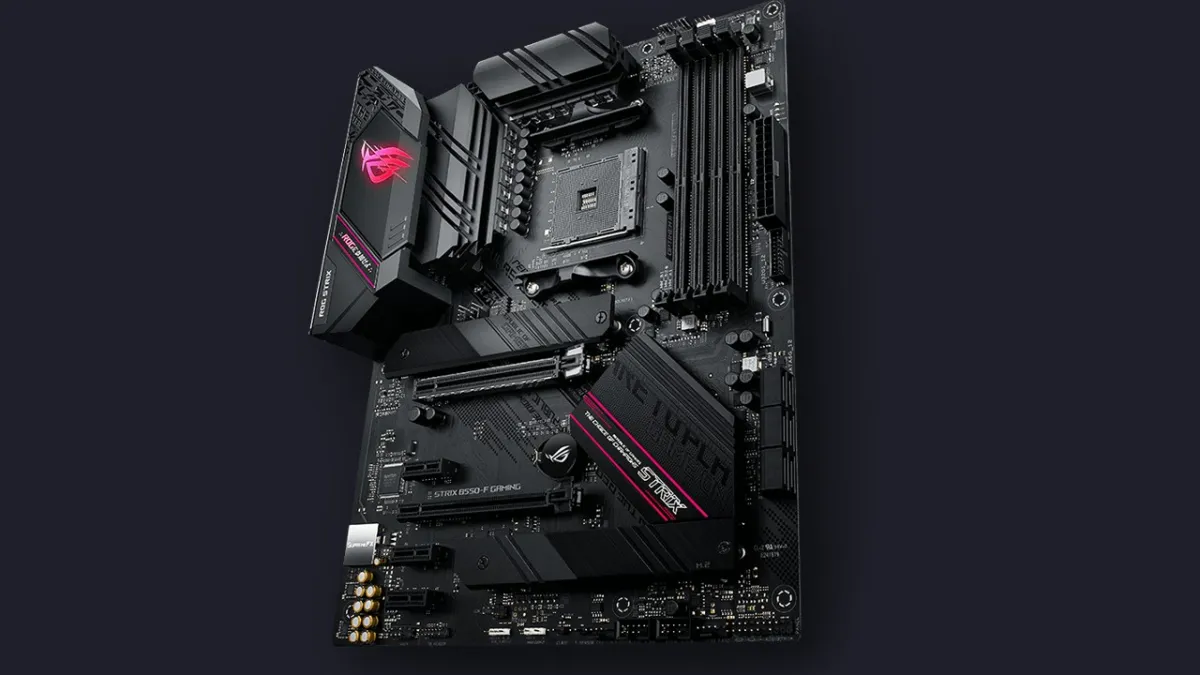A lot of change is taking place over at Intel with the appointment of its new CEO Pat Gelsinger. If you’ve kept up with the company’s recent news, you’ll know that CEO Bob Swan is stepping down. This is to make way for Gelsinger, who has a far more technical background. This move is in order to get the company back to a role as a process leader in the semiconductor industry. That is music to the ears of certain investors and tech enthusiasts alike who have been concerned about the feasibility of Intel’s continued commitment to in-house manufacturing for next-generation chips. Gelsinger put those fears aside in the latest quarterly update where he affirmed that things were indeed looking up. According to the new man in charge, Intel’s 7nm process is fixed and on schedule for 2023 production.
This is great news for everyone who has been less than impressed with the last few generations of Intel CPUs. The company has been stuck on 14nm production for years now, which forced it to focus on IPC and 14nm process refinements rather than gunning for larger performance jumps provided by node shrinks. We should be clear that what Intel has managed to do on 14nm is extremely impressive, but it’s just no longer competitive in performance or efficiency.
Did someone order a toaster?
Those 5.2 GHz processors that Intel loves to market only manage to sustain those frequencies for brief periods and really require massive liquid coolers to stay cool. Many consumers have probably found their gaming spaces feeling a bit toasty due to the massive amounts of heat generated. The truly observant may have even noticed larger power bills.

Bob Swan (Credit: Intel)
It’s clear Intel has the knowhow to provide excellent gaming performance. However, its ability to shrink chips down to smaller nodes with greater transistor counts and improved efficiencies is crucial. AMD went fabless years ago and opted to let partner TSMC handle the complexities of semiconductor manufacturing while it focused on the designs themselves. That approach allowed AMD to achieve a lot of its success in recent years, but the rival is now struggling in other ways. Many companies including Apple have taken the same approach as AMD. This has led to a large reliance on TSMC and has prevented AMD from being able to produce as many chips as it would like.
More for you and more for me
Intel hopes to avoid these issues as well as reap the additional rewards of greater margins and improved efficiencies by doing everything in-house. Intel seems to be carrying on with its R&D for 10nm and 7nm for now, and hopefully things are actually fixed. We’re supposed to see 10nm Alder Lake desktop processers arrive by the end of this year. The new design should blow previous generations out of the water in performance and offer improved efficiency, thanks to its hybrid approach with big and small cores. The 7nm node shrink will feature Meteor Lake in 2023 (apparently) and set the bar much higher once again.

Intel’s upcoming Rocket Lake architecture is alleged to be a backported version of what will feature in Alder Lake. It’s still managing to beat AMD in single-thread performance, which makes the prospect of a node shrink exciting. Image credit: Intel.
All in all, this is good news for gamers, as we’ve seen AMD make huge strides in performance over the past few years, which means Intel has to get competitive once again. The two companies are sure to wage price wars in the years ahead that will make PC gaming better and more affordable. And hopefully more available.
We expect to hear more specific information from Intel on its future plans after Gelsinger officially takes control of the company in February.





Published: Jan 22, 2021 05:00 pm